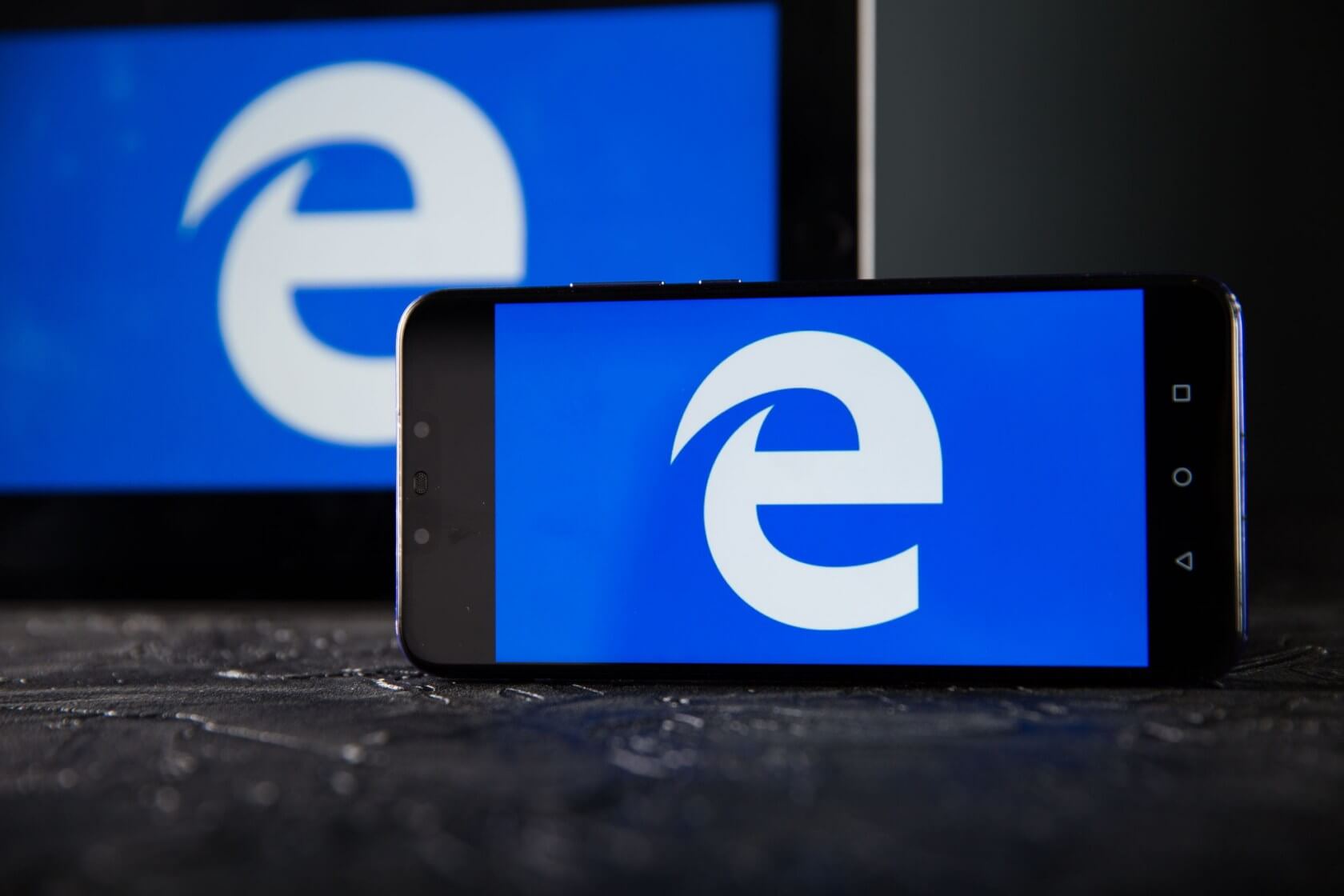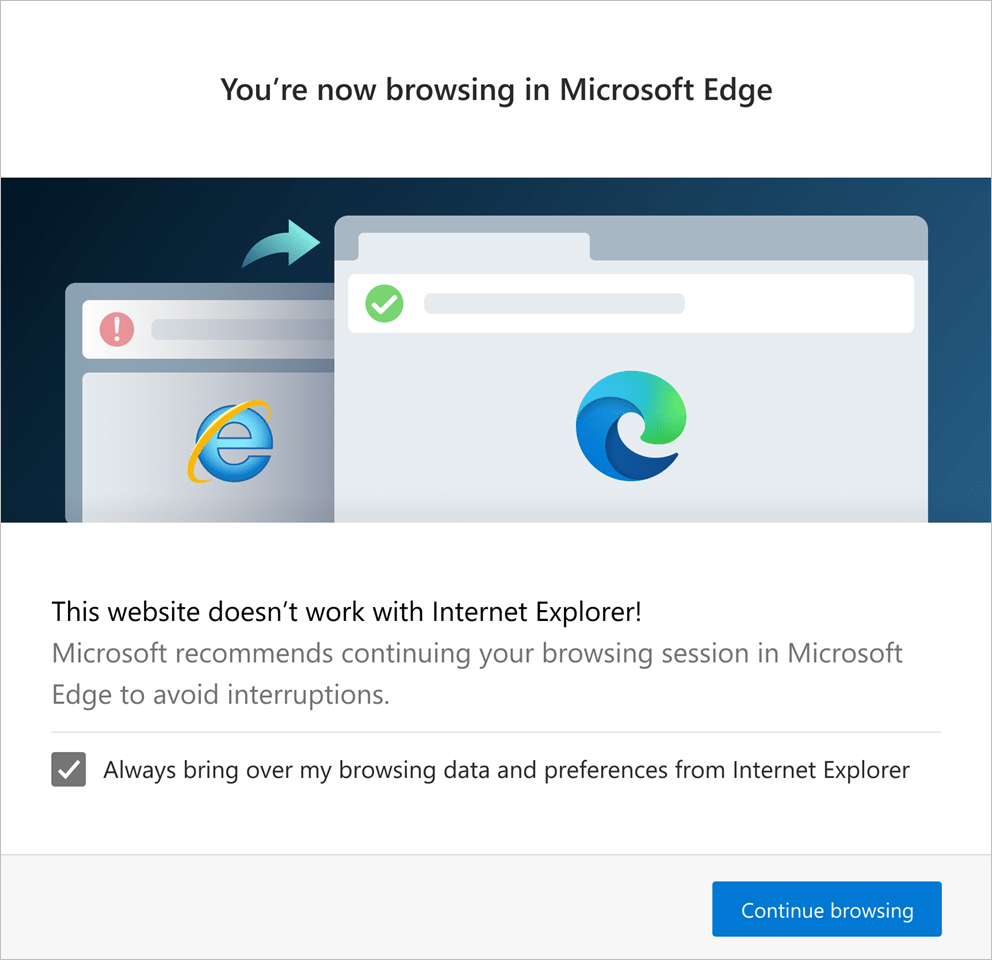In a nutshell: Internet Explorer has been around since 1995, but despite the aging software's problems, it still boasts of almost 5 percent share of the browser market. Even Microsoft has been advising customers to switch to Edge, and the next few months will see the company introduce new changes to IE as it continues to depreciate the iconic browser.
Since the release of Edge 84 a few months ago, Microsoft has been rolling out a new feature for some users that will switch browsers from Internet Explorer to Edge automatically when visiting an incompatible website.
First reported by BleepingComputer, the feature works through an Internet Explorer Browser Helper Object (BHO) named "IEtoEdge BHO," which checks websites users are trying to visit---either through links or the address bar---against a list of sites incompatible with Internet Explorer.
When someone tries to visit one of these sites while using IE, the BHO will open Edge automatically, along with a dialog box explaining why they're being redirected. It also requests consent to transfer browsing data and passwords from the old browser.
"The following browsing data will be imported: Favorites, Passwords, Search engines, open tabs, History, settings, cookies, and the Home Page," reads the message.
Transferring data is optional; even if you say no, clicking the "Continue Browsing" button will still show the website in Edge.
There are 1,156 sites on the incompatible list, including some of the web's biggest: YouTube, Facebook, Instagram, Google Drive, Microsoft Teams, ESPN, and Yahoo Mail.
Not everyone is going to appreciate this feature, especially those businesses that still use Internet Explorer. As such, Microsoft has today introduced group policies that allow enterprise customers to disable and control the redirection behavior.
The feature will arrive in full with the launch of Edge 87 on November 17.
As it continues to kill off Internet Explorer, Microsoft says it plans to drop Office 365 support for the browser on August 17, 2021.

